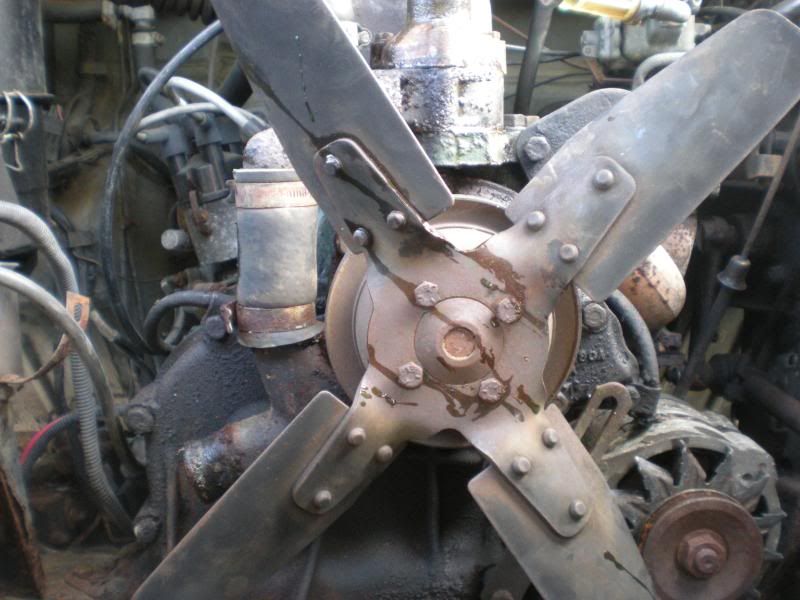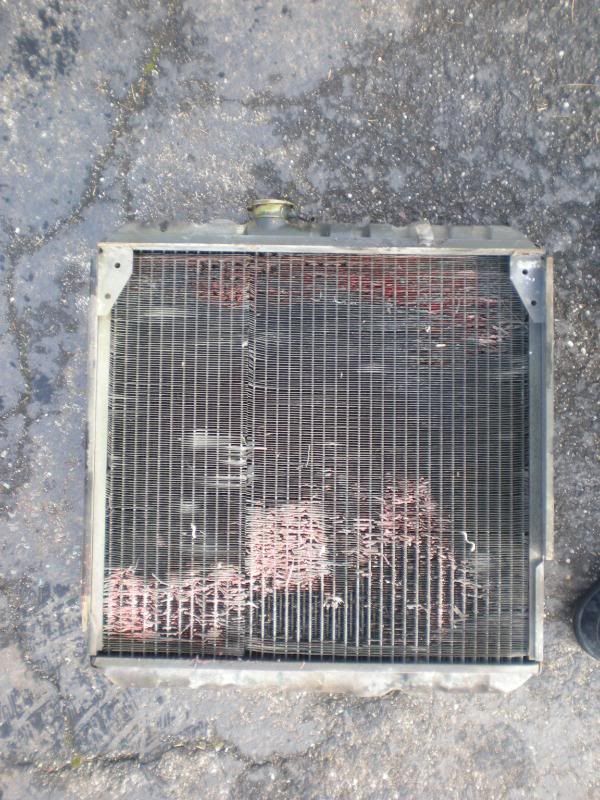Rick,
I might've missed it being mentioned, but are you 120% sure you have a full cooling system? I've had occasion to drain my entire system a few times recently while fixing a leak, and it has been VERY difficult to get it to burp a major air bubble out of the system. I tried filling through the heater hose, pulling the thermostat, blowing in various hoses, etc. Anyway, with that air in there, you'll get no circulation, and no cooling.
The thing that worked best the last time was the old trick of parking it on an incline when filling/testing/topping. That way any air makes it way to the top of the system and out.
I don't know the capacity offhand, but before I solved the problem, I somehow convinced myself, even though I knew better, that I had enough coolant in there. It was probably near a gallon. It definitely takes closer to 2 gallons! So I spent some hours chasing a bunch of ghosts. It'd be easy to check by draining into a container and seeing how much coolant is in there.
Shawn
I might've missed it being mentioned, but are you 120% sure you have a full cooling system? I've had occasion to drain my entire system a few times recently while fixing a leak, and it has been VERY difficult to get it to burp a major air bubble out of the system. I tried filling through the heater hose, pulling the thermostat, blowing in various hoses, etc. Anyway, with that air in there, you'll get no circulation, and no cooling.
The thing that worked best the last time was the old trick of parking it on an incline when filling/testing/topping. That way any air makes it way to the top of the system and out.
I don't know the capacity offhand, but before I solved the problem, I somehow convinced myself, even though I knew better, that I had enough coolant in there. It was probably near a gallon. It definitely takes closer to 2 gallons! So I spent some hours chasing a bunch of ghosts. It'd be easy to check by draining into a container and seeing how much coolant is in there.
Shawn



Comment